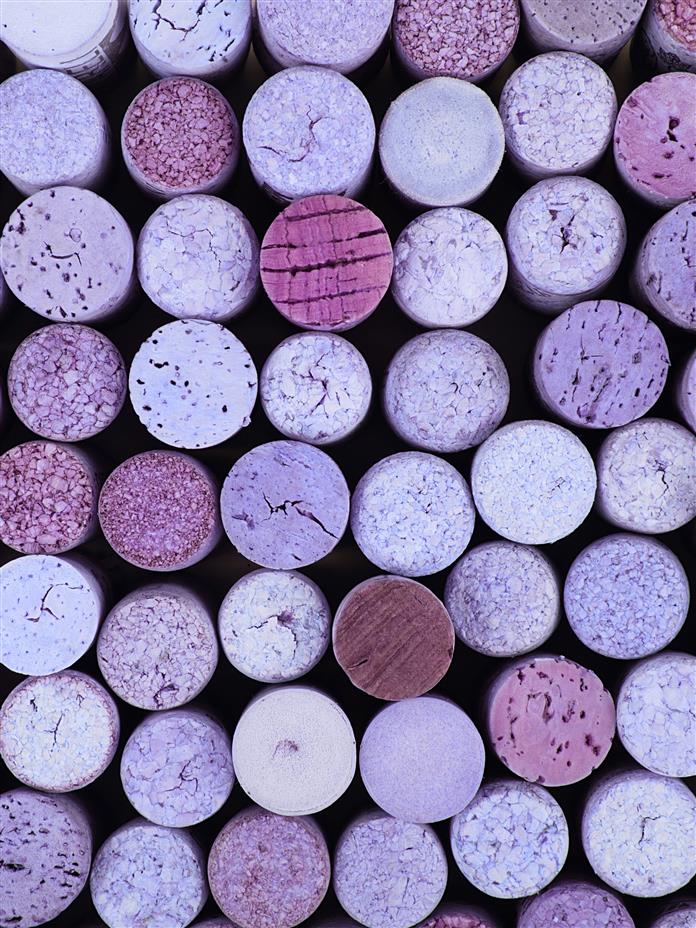
Tap to Read ➤
Mind-boggling Facts About Camel Spiders
Buzzle Staff


A camel spider is not a spider at all. It actually belongs to the class Arachnida, and is a solifugae. This story provides some more facts about this creature.



Solifugae is the term that is used to describe the camel spider. This term has been derived from Latin, which means those that flee from the sun. Solpugida, Solpugides, Solpugae, Galeodea, and Mycetophorae are some other names that this order is known by. This creature is also known as Wind Scorpion, Jerrymuglum, Sun Scorpion, Sand Spider, and Sun Spider.

Appearance
These spiders are usually light gray, brown, or beige in color. Their body length differs depending on the species, and ranges from as small as 0.4 inches to about 6 inches (not counting their outstretched legs). They have a rounded and segmented abdomen (hind portion of the body).

Long hair that glisten in the sunlight cover their legs and body. At first glance, it seems like the creature has ten legs; closer inspection reveals that these are not legs, but front appendages or pedipalps. These appendages are sticky on the ends, and enable the spider to catch and hold prey.

They also enable it to climb smooth surfaces like glass. It has eight legs but uses only the hind six for running and walking; the front two are used as antennas to feel where it is going.

A noticeable feature of this spider is its large and paired jaws, which work like a combination of pliers/knife tools. They are used to grab and crush prey, and then work in a sawing motion to chew it into pulp.

Habitat
These spiders are found in warm and arid places. Excluding Australia, they are found in almost all deserts of the world. This also includes the desert regions of Southwest Asia and the Middle East.

They do not like sunlight, and retreat to areas under logs, rocks, and other debris, or burrow into the soil or sand to escape the daytime heat. They are usually active only at night.

Not Poisonous
This species does not have venom glands. Due to this, they rely on their strong jaws and speed to avoid enemies and catch prey. They are aggressive creatures that are able to inflict a painful bite. However, they only usually do so when handled or cornered. If the species is large, then it can easily puncture and tear skin, which may further cause infections.

According to some myths, they eat the stomachs of camels or sleeping humans. Another myth is that they run at the speed of 30 miles/hour. Both these stories are untrue. These spiders do not eat humans, they only bite. The maximum speed that they can reach is 10 miles/hour.

Other Facts
- Their diet consists of insects, scorpions, spiders, centipedes, and sometimes small lizards too.
- They are not excellent jumpers, but are able to climb and crawl up trees and over walls of buildings in search of prey.
- Their average lifespan in the wild is less than a year

- They are unable to scream, and the loudest noise that they make is from the sound of their jaws crunching prey.
- They like to stay in the shadows during the day in order to avoid hot patches of ground, and at night, run towards any light sources, even campfires and flashlights.

- They appear to chase people, but in reality, they are simply trying to walk in the person's shadow.
- They have very poor eyesight and rely on vibrations to get around

